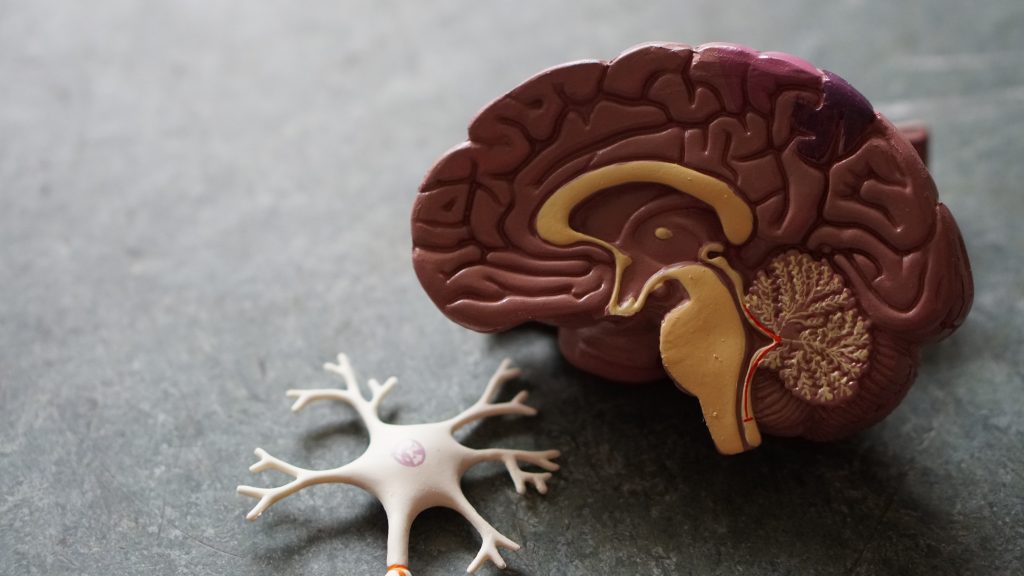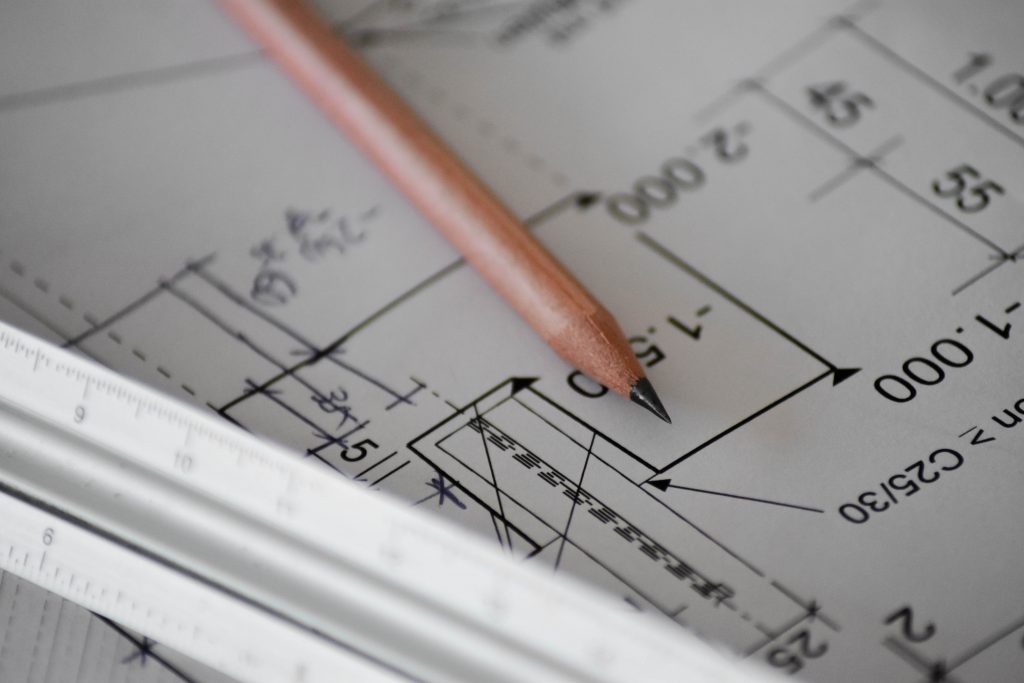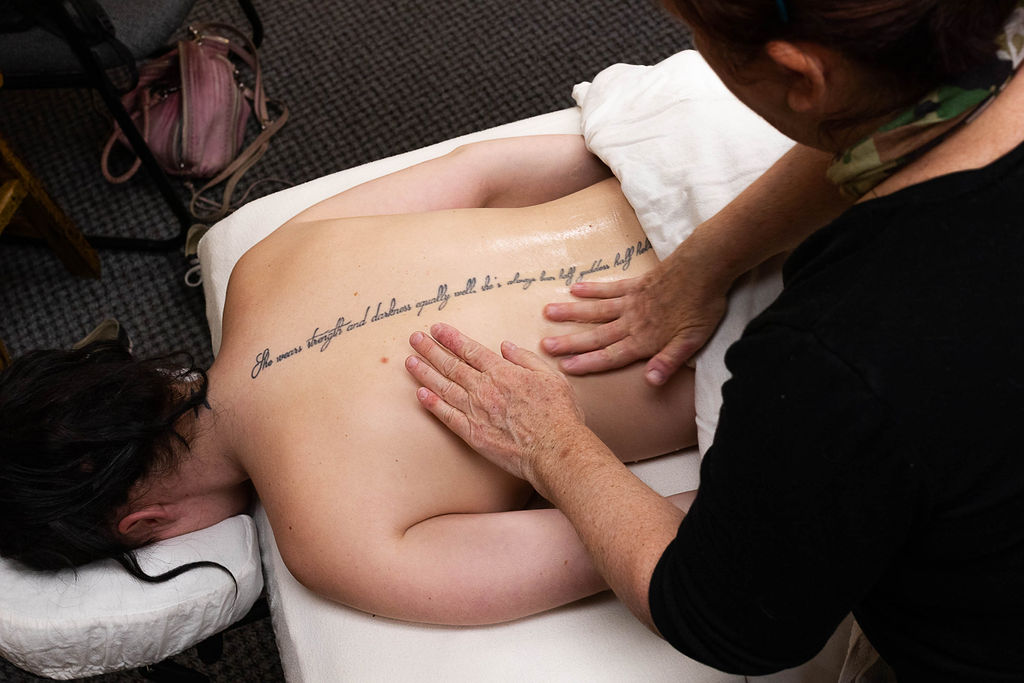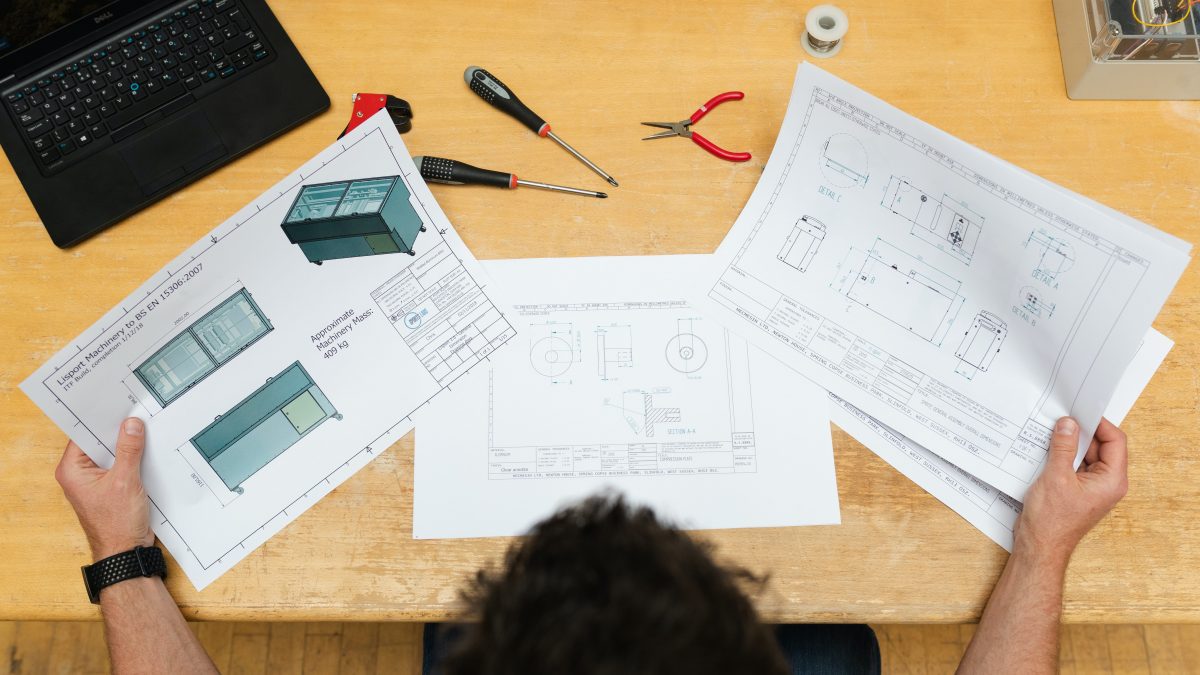Meridian Archetypes Part 7: The Engineer
In Traditional Chinese medicine, the brain meridian is better known as the governing vessel or the “sea of marrow.” The archetype that adequately represents the brain meridian is the engineer. Dignified and well-mannered, the brain embodies that which makes us human. Consciousness, critical reasoning, memory, and emotion- the brain is our highest thinking self and manifests our achievements through organization and logic.
To find the engineer meridian in yourself, you need to assess your quest for mastery and relationship to the world.
Do you set high standards for yourself?
Are you attracted to those in power?
Do others find you logical, trustworthy, and fair?
Is your world structured like a blueprint with one idea leading to the next and a clear end goal?
The Traditional Chinese medicine “sea of marrow” represents the energy of bone marrow, spinal cord, and brain. The brain or governing vessel commands systems across the body but has close relationships to the kidney (creator of the essence) and the heart (creator of blood).
In the physical body, brain meridian imbalances affect the muscles in your hamstrings and indirectly your hip flexors. You may also experience brain fog, poor memory, or problems with the five senses. An engineer meridian imbalance could result in paranoia where you see problems and patterns in the benign and harmless.
By strengthening and stretching the brain meridian, you gain access to your inner aristocrat and refine your ability to master. You also may learn some tricks to combat hip flexor and hamstring issues. To understand the brain meridian’s place in our series, we will examine its western medicine functions, archetype the engineer, common imbalances, and exercises to help restore the healthy flow of our meridian.
The Brain in Western Medicine
The mystery of the brain and how it operates has provided intellectuals and scientists with a challenge unlike any other. Our quest to understand the brain is both personal and universal. Only when we understand the brain can we begin to understand the “how” and “why” behind the unique human experience.
Human consciousness evolved with an increase in brain growth and complexity. Signals from the brain travel through the body via the spinal cord and central nervous system. Each section of the brain performs an essential role in the movement of the body, creation of original thought, interpretation of powerful emotions, and manifestation of the unique spirit of every human on this planet.
The Brain: Parts and their Functions in the Body

Below is a quick summary of the many parts and functions performed by the brain. If you would like to learn about the brain in more detail, check out this article here.
Cerebral Cortex
The cerebral cortex houses all functions relating to higher thought, language, and consciousness. It contains four sections or lobes called the frontal, parietal, temporal, and occipital.
Frontal Lobe– contains our motor cortex, which regulates motor functions; including walking, talking, and eating. It also influences higher-level cognition, expressive language, and reasoning.
Parietal Lobe– commands our body senses, including pain, touch, and pressure.
Temporal Lobe– contains the hippocampus, which controls memory and the auditory cortex. The auditory cortex aids us in understanding sound and language.
Occipital Lobe– controls what we see and is home to the visual cortex.
Brain Stem
Autonomic functions- or the functions that our body performs automatically- are found in the brain stem and are regulated by the medulla and pons.
Medulla- controls functions such as heart rate, breathing, and blood pressure
Pons– stimulates breathing and controls sleep cycles.
Midbrain- part of the brain stem; aids in body movement and acts as a relay for auditory and visual information.
Cerebellum, Limbic System, Hypothalamus
Cerebellum- coordinates our ability to dance and play sports; controls posture, balance, and voluntary movements.
Limbic system- responsible for emotional responses; contains the amygdala, hippocampus (controls memory and learning), limbic cortex, and septal area.
Hypothalamus- controls the release of hormones and sends messages to the pituitary gland. These Hormones control a variety of body signals, including hunger, thirst, emotions, homeostasis, and circadian rhythms.
The brain is so complex that even small injuries can result in an imbalance across the body. The brain’s role in western medicine is crucial to human life as we know it. While the brain is not one of the twelve primary meridians in Traditional Chinese medicine, that does not mean that it does not serve a vital purpose.
Exercises
Beginner
Central hamstring straight leg raise with/without strap
Central hamstring bent leg with/without strap
Intermediate
Brain twist with a strap for bind
Advanced
Brain twist with bind
Life As A Blueprint: The Engineer Archetype

Other Archetypes: Engineer, Master, Aristocrat, Intellectual, Inventor, Mentor, Hero/Heroine, Wizard, Guru
The engineer archetype typifies the brain’s control over the mind and body. The engineer is driven by their need to understand how things work. By breaking the world down into its parts, the engineer turns life into a blueprint where one action predictably leads to another. When not being themselves, the brain meridian tends toward paranoia and may see plots where there aren’t any.
All meridians connect via the spine and consequently to the brain. The autonomic nervous system is a map of all these locations. The spine has seven intersections that nerves feed into and conduct information from your brain to your body. Unsurprisingly, the autonomic nervous system intersection points are located in the same locations as the Seven Chakras. Based on this system, we can see that an unhealthy vertebra can cause major changes in your wellness. Learn more about the spine on our website.
In Traditional Chinese medicine, the brain meridian is better known as the governing vessel. The governing vessel is not one of the 12 classical meridians. Instead, the brain is an additional meridian called the “sea of marrow” which runs up the back of the body.
The Sea of Marrow
The engineer meridian is responsible for memory, concentration, sight, hearing, smell, and touch. In Traditional Chinese medicine, “marrow” describes the energy that fills the bones, contributes to making blood, and nourishes the brain. The marrow in Chinese medicine includes bone marrow, the spinal column, and the brain.
The kidney produces the marrow that flows through the sea of marrow, without which we would suffer in our short-term memory and information retention. The heart is the home of the shen or spirit in the body. The heart plays a role in long-term memory retention and recall. When the kidney and heart meridians are healthy and abundant, we think and remember clearly and easily. However, when the kidney essence and heart blood are lacking, we will feel sluggish with sparse memory and have problems with sight and hearing.
The spleen and liver meridians also influence the brain. The spleen and stomach meridians pass through the frontal lobes and control short-term memory, analytical thinking, and concentration. Excessive worrying or poor nutrition can affect the health of the spleen meridian and thus harm the brain. The liver controls the flow of qi in the body. The liver and gallbladder meridians pass through the limbic center and brain stem, which regulate emotional response.
If the kidney, heart, spleen, or liver meridians are unhealthy, or if you are struggling to recover from excess stimuli, fear, worry, and frustration the brain meridian will be affected (see table below). These excesses will impact a person’s mood, learning, ability to focus, and reactions.
| Meridian | Resulting Imbalance |
| Heart | Excess stimuli (Joy, grief, etc.) |
| Kidney | Fear |
| Spleen | Worry |
| Liver | Frustration |
The brain meridian is an analytical meridian, and therefore its case study takes place in the mind. Healing the body is a four-sided equation, and the mind is only part of the solution.
Healing With The Four Worlds: An Engineer Meridian Case Study
We often praise those who learn to think before they act. When humans developed complex thought, it pushed us to the top of the natural food chain. However, thinking too much can be a dangerous habit. Those people who resonate with the analytical world through strength in the brain, kidney, stomach, or gallbladder meridians know these dangers better than anyone.
Our brain meridian case study examines the way an analytical-thinking type reacts to a lingering physical illness or injury. As we know, healing the body is complex. If a person doesn’t mentally want to get better, they will stay sick. If they are emotionally distraught, they could make the illness or injury worse. And if their spirit is damaged, the healing process may never begin at all.
The analytical brain meridian’s approach to healing begins with thorough research and analysis of the situation. Eddie spent ages trying to heal his body. He went to various healers and would convince them that he could be healed through the power of his conviction and research. After years of struggle, he ended up at Infinity, hoping for a physical treatment plan for his injury.

Connecting to the Emotional, Spiritual, & Physical Bodies
In this case, the analytical approach to healing resulted in the compartmentalization of the injury. The nerve damage from the injury had a window of healing potential which had passed a long time ago. Eddie’s brain told him that it should heal, but in reality, his body would no longer function the way it had before.
Eddie was completely disconnected from his emotional and spiritual selves. A chronic injury often requires a four-sided approach: mental battle, physical treatment, emotional acceptance, and spiritual forgiveness. Infinity’s connection to the meridians allowed us to quickly see that Eddie was relying too heavily on the analytical world. Therefore, the solution was a more gentle physical approach and a heavier focus on the emotional and spiritual strain from the injury.
Eddie eventually had to learn to adapt to a new way of being, which included healing spiritually and emotionally. Accepting his physical limitations eventually helped Eddie lead a happier and more fulfilled life. Infinity’s treatments are not always a complete solution and we firmly believe that a healing journey requires variety and targeted care. For gentle physical healing, Eddie practiced therapeutic yoga and received Thai massage; for emotional and spiritual healing, he worked with an experienced shamanic healer.
We are all of us made up of equal parts of the four worlds. If we ignore one, we risk causing imbalances across the body. This could mean exacerbating or even causing additional injuries and illnesses.
Once we know which of the four worlds is our strength, we gain a powerful healing tool. Often subtle body imbalances manifest in the opposite world the same way physical imbalances manifest in opposing muscle groups. For example, a brain meridian imbalance would manifest as an emotional imbalance, potentially related to its balancing type the sexual meridian. In Eddie’s case, emotional recognition, healing, and strengthening was the healing path he had been looking for all along.
Looking Forward
The brain’s natural balancing meridian is the sexual meridian represented by gods and goddesses. Their presence is instantly recognizable and powerful. Known in Traditional Chinese Medicine as the conception vessel, the sexual meridian is home to feminine yin energy in the body. The sexual meridian’s strength lies in their passion and conviction. Healing the sexual meridian will help with physical issues with the hip flexors and indirectly the hamstrings.
Want to Work with Infinity?
Infinity Flexibility has in-person and online offerings to bring balance to your body, mind, and spirit including flexibility and strength training, lymphatic drainage, and massage. Massachusetts locals can now schedule online for in-person appointments at our Natick, MA office!
We are also in the process of creating virtual offerings, including online consultations and a video library for self-stretching on YouTube. Sign up for our newsletter to be among the first to know when new products and services become available.
By submitting this form, you are consenting to receive marketing emails from: Infinity Flexibility. You can revoke your consent to receive emails at any time by using the SafeUnsubscribe® link, found at the bottom of every email. Emails are serviced by Constant Contact
Janet Matthies
Related posts
3 Comments
Comments are closed.
Categories
- Flexibility & Strength (13)
- Healing for Meridians (10)
- Holistic Lifestyle (5)
- Lymphatic Drainage (7)
- Massage (4)
- Meridian Archetypes (19)
- Spiritual (1)
- Traditional Chinese Medicine (12)


[…] is represented by the God and Goddess energies, while the brain meridian is epitomized by the Engineer. Physical imbalances manifest in the hip flexors and […]
[…] Read more here. […]
[…] to the hamstrings will often cause problems in the hip flexors. In this case, if the hamstrings (brain) were too tender to be treated, the treatment plan would focus on the hip flexors (sexual) while […]